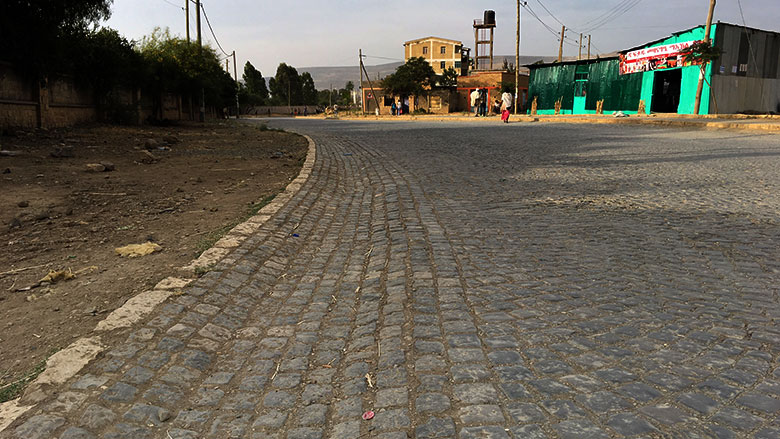ADDIS ABABA, December 11, 2017—Ethiopia is going through a major demographic transition: Over 70 percent of the population of about 100 million is under 30, with the 15 to 29-year age group now accounting for more than half of the country’s working age population. This means Ethiopia’s labor force has doubled in the past 20 years, and it is projected to rise again—from the 33 million it hit in 2005, to 82 million by 2030.
The sheer size of human capital this represents provides Ethiopia with enormous productive potential of the sort that could allow it new levels of prosperity. But youth bulges can be a mixed blessing. Having large numbers of youth in not-so-rich countries puts greater pressure on the economy to provide basic services and infrastructure, and spurs mass migration (both internally and globally). In a context of fragility and conflict, this can trigger political and social unrest.
One remedy is to get young people employed, and not just in any job, but in decent jobs which use their potential fully and bestow a sense of self-worth.
Often the reality in developing parts of the world though is that young workers are subjected to worse labor market outcomes: in Ethiopia, young people are less likely to be in the labor force in the first place (as employed or unemployed people looking for work); less likely to be given work/a job when they are part of the potential labor force; and to earn less even when they are employed.
In 2013, 29 percent of young Ethiopian workers earned money that kept them below the poverty line, for example, compared to 13 percent of older cohorts of people. Young female workers are worse off in every aspect mentioned above. This employment trend has to be taken alongside the rapid rate of urbanization in Ethiopia today.
The World Bank’s Urbanization Review (October 2015) indicates that, at 5.4 percent a year, the country’s urban population is expected to triple by 2034. Ethiopia will find well-functioning cities essential if it is to reap its demographic dividend and avoid “agglomeration diseconomies”—or the inefficiencies that can result from a large number of companies, services, and industries existing in close proximity to one another.


